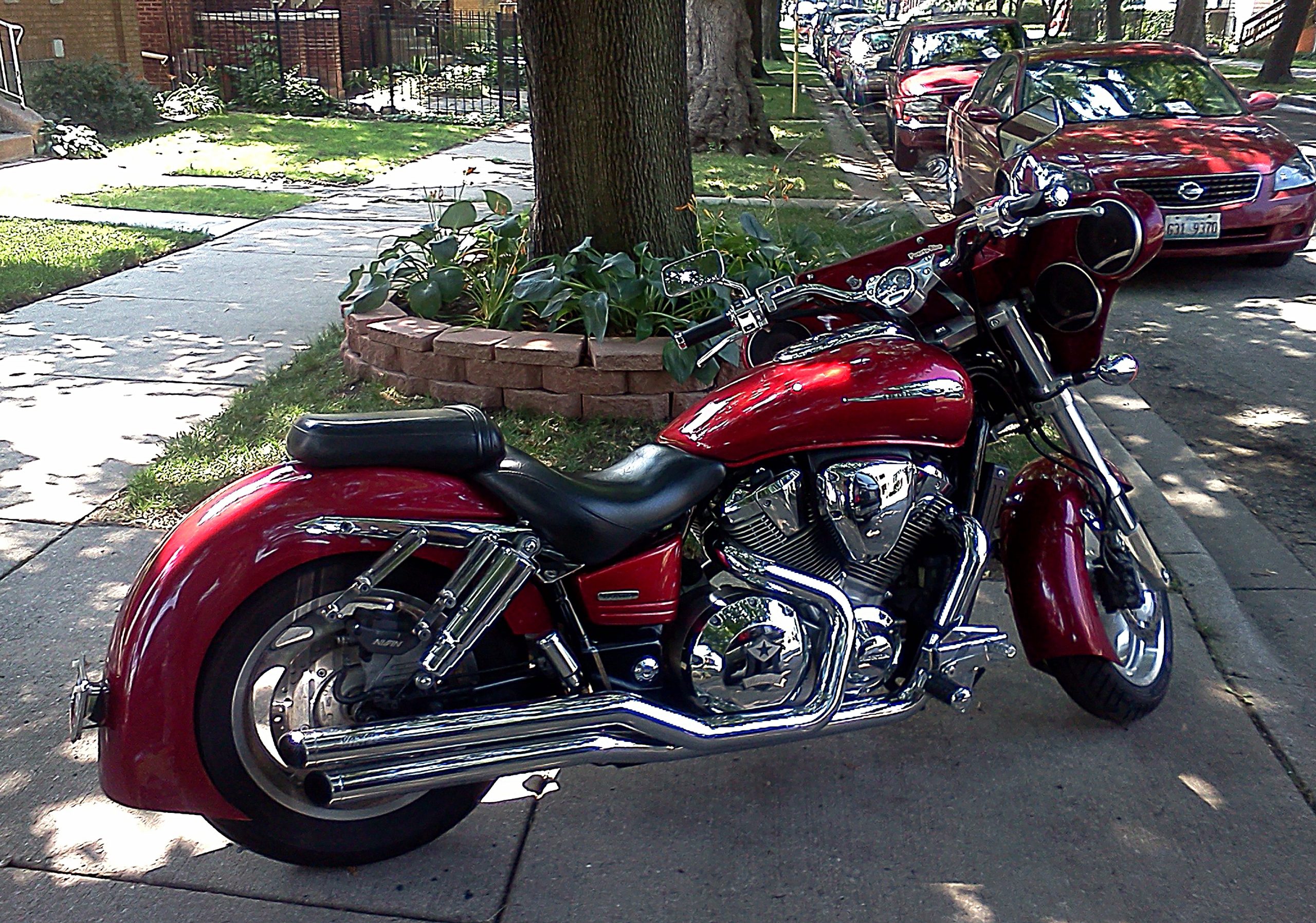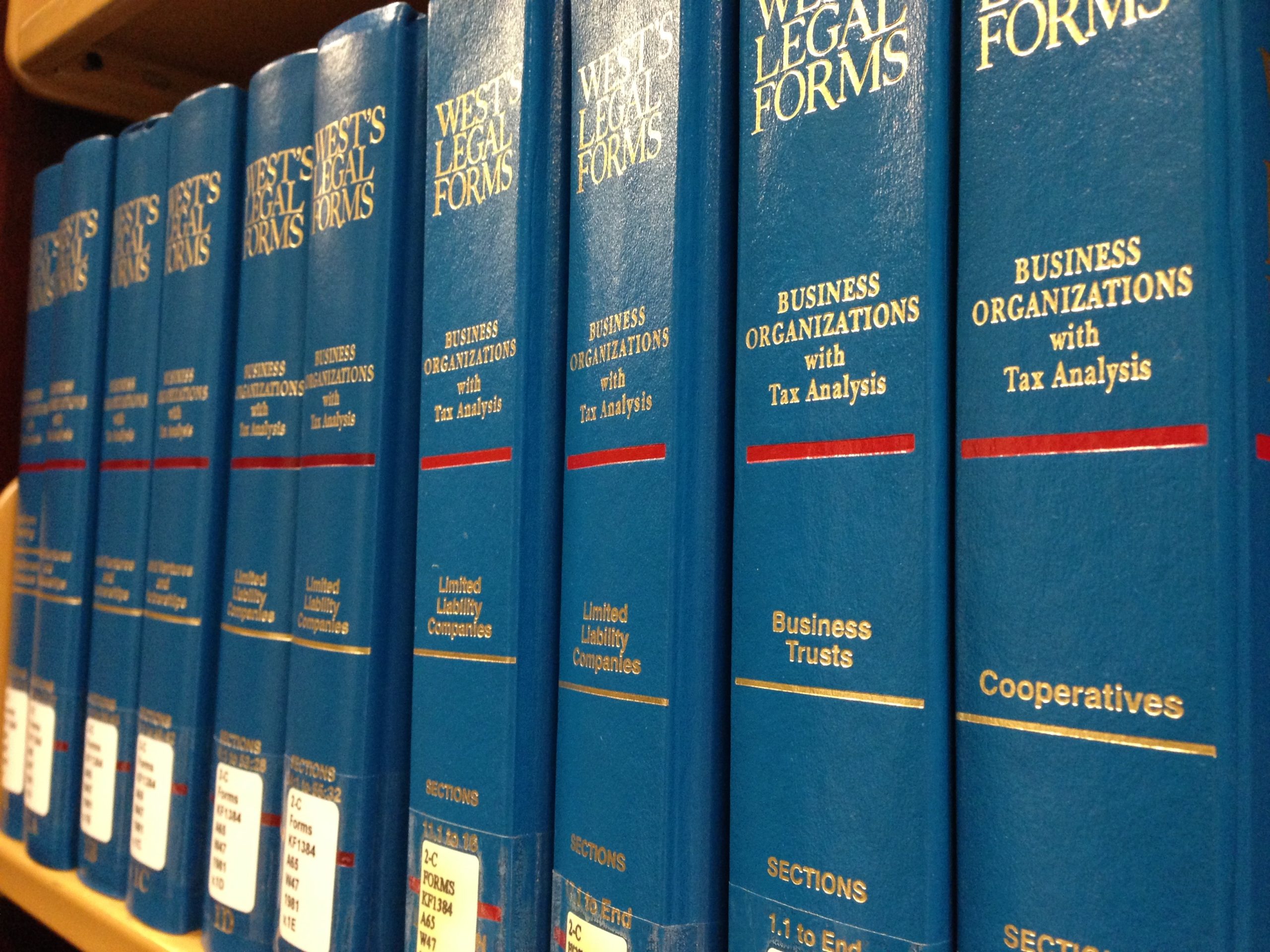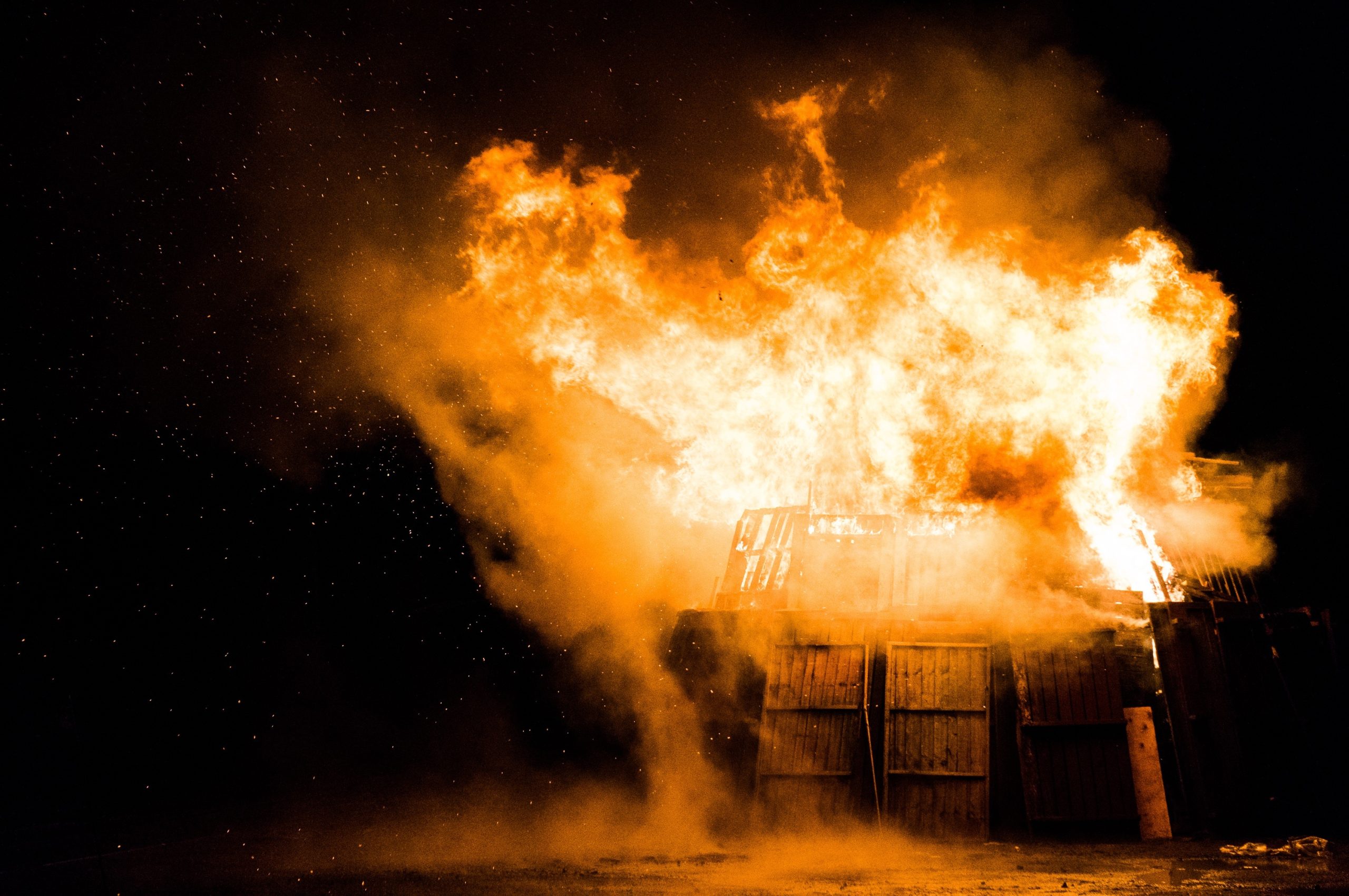 People may be fired for a variety of reasons. Often a dismissed employee feels the termination was unjust or racially based. Bringing a lawsuit under Title VII of the Civil Rights Act of 1964 is difficult. A plaintiff must present evidence for a prima facie case of discrimination to survive summary judgment. The following case out of Baton Rouge, Louisiana, demonstrates the difficulty of doing so.
People may be fired for a variety of reasons. Often a dismissed employee feels the termination was unjust or racially based. Bringing a lawsuit under Title VII of the Civil Rights Act of 1964 is difficult. A plaintiff must present evidence for a prima facie case of discrimination to survive summary judgment. The following case out of Baton Rouge, Louisiana, demonstrates the difficulty of doing so.
David Williams, an African-American man, worked for Franciscan Missionaries of Our Lady Health Systems, Inc., before being terminated in November 2012. Williams felt the firing was unfair and that he had claims to bring against the hospital. Williams’ lawsuit asserted racial discrimination and retaliation claims under Title VII and U.S.C. § 1981. 42 U.S.C. § 1981. The Federal District Court granted summary judgment for Our Lady Health on both claims. That ruling caused Williams’s case to be dismissed, so he appealed the ruling to the United States Court of Appeals for the Fifth Circuit.
On appeal, the court must examine the district court’s granting of summary judgment and if the non-moving party has met their prima facie burden. Summary judgment is appropriate when there are no disputes of material fact, and the movant is entitled to judgment in their favor as a matter of law.
 Insurance Dispute Lawyer Blog
Insurance Dispute Lawyer Blog


 If you were wrongfully terminated from a civil service position within your local government, you might be eligible to receive some compensation for your trouble. For example, say you are placed on suspension and are on track to be terminated. However, you later appeal that decision, and your suspension and termination are lifted. As a result, you may be allowed to reclaim back pay and exceptional pay for the time you were prohibited from working. The following case out of Plaquemines parish discusses the issues of back pay and exceptional pay and how they apply within a court proceeding.
If you were wrongfully terminated from a civil service position within your local government, you might be eligible to receive some compensation for your trouble. For example, say you are placed on suspension and are on track to be terminated. However, you later appeal that decision, and your suspension and termination are lifted. As a result, you may be allowed to reclaim back pay and exceptional pay for the time you were prohibited from working. The following case out of Plaquemines parish discusses the issues of back pay and exceptional pay and how they apply within a court proceeding.  Workers’ compensation is a financial support system that may be available to injured employees. It aims to ensure employees are compensated for their injuries and do not bear the entire expenses of medical bills. Workers’ compensation laws differ from state to state. Still, the general idea is that employees can get benefits regardless of who was at fault for the injury so long as the injury arose from an act during employment.
Workers’ compensation is a financial support system that may be available to injured employees. It aims to ensure employees are compensated for their injuries and do not bear the entire expenses of medical bills. Workers’ compensation laws differ from state to state. Still, the general idea is that employees can get benefits regardless of who was at fault for the injury so long as the injury arose from an act during employment.  If you feel you have been wrongfully terminated, you might think it is sufficient to file a lawsuit accusing your former employer of violating the law. However, merely making legal accusations is insufficient. To survive a motion to dismiss, you must include sufficient factual details to support your claims against your former employer. The case shown below demonstrates these principles.
If you feel you have been wrongfully terminated, you might think it is sufficient to file a lawsuit accusing your former employer of violating the law. However, merely making legal accusations is insufficient. To survive a motion to dismiss, you must include sufficient factual details to support your claims against your former employer. The case shown below demonstrates these principles. When finding yourself as a defendant in a lawsuit, you will want to limit your liability as much as possible. Your liability could be altered when a co-defendant is found to be at fault for the injuries to a certain extent. However, when one defendant is dismissed before the trial begins, can another defendant seeking to split the fault appeal the decision? A case arising out of St. Charles Parish aims to answer this question.
When finding yourself as a defendant in a lawsuit, you will want to limit your liability as much as possible. Your liability could be altered when a co-defendant is found to be at fault for the injuries to a certain extent. However, when one defendant is dismissed before the trial begins, can another defendant seeking to split the fault appeal the decision? A case arising out of St. Charles Parish aims to answer this question. Driving poses undeniable risks. However, travelers may need to consider how unsafe a barrier curb may be in certain situations. When is the state liable for these conditions? A case from the St. John Baptist parish considered how the state department of development and transportation was at fault for construction risks that contributed to an accident.
Driving poses undeniable risks. However, travelers may need to consider how unsafe a barrier curb may be in certain situations. When is the state liable for these conditions? A case from the St. John Baptist parish considered how the state department of development and transportation was at fault for construction risks that contributed to an accident.  In Louisiana, a conspiracy is a combination of two or more persons to do something unlawful, either as a means or as an ultimate end. Once a conspiracy has been established, an act done by one in the furtherance of the unlawful act is, by law, the act of all others involved in the conspiracy.
In Louisiana, a conspiracy is a combination of two or more persons to do something unlawful, either as a means or as an ultimate end. Once a conspiracy has been established, an act done by one in the furtherance of the unlawful act is, by law, the act of all others involved in the conspiracy.  Rick Sheppard, an inmate in the custody of the
Rick Sheppard, an inmate in the custody of the  A man is in the hands of a facility tasked with providing sufficient medical care. Instead of meeting this standard of care and due diligence, the facility fails to adjust the man’s diet, and he chokes on solid food that he should not eat, leading to his death. When his parents and children bring multiple complaints of medical malpractice, his children’s claim gets dismissed despite the apparent negligence of the facility. Why did that happen?
A man is in the hands of a facility tasked with providing sufficient medical care. Instead of meeting this standard of care and due diligence, the facility fails to adjust the man’s diet, and he chokes on solid food that he should not eat, leading to his death. When his parents and children bring multiple complaints of medical malpractice, his children’s claim gets dismissed despite the apparent negligence of the facility. Why did that happen? A chemical plant explosion, sudden and dangerous, causes chaos when the workers try to escape. During that exodus, a worker is trampled by his colleagues as they attempt to flee. Who then bears responsibility for the injuries caused by this trampling? Is it the other workers? Is it their managing company? Is it the owner of the chemical plant?
A chemical plant explosion, sudden and dangerous, causes chaos when the workers try to escape. During that exodus, a worker is trampled by his colleagues as they attempt to flee. Who then bears responsibility for the injuries caused by this trampling? Is it the other workers? Is it their managing company? Is it the owner of the chemical plant?